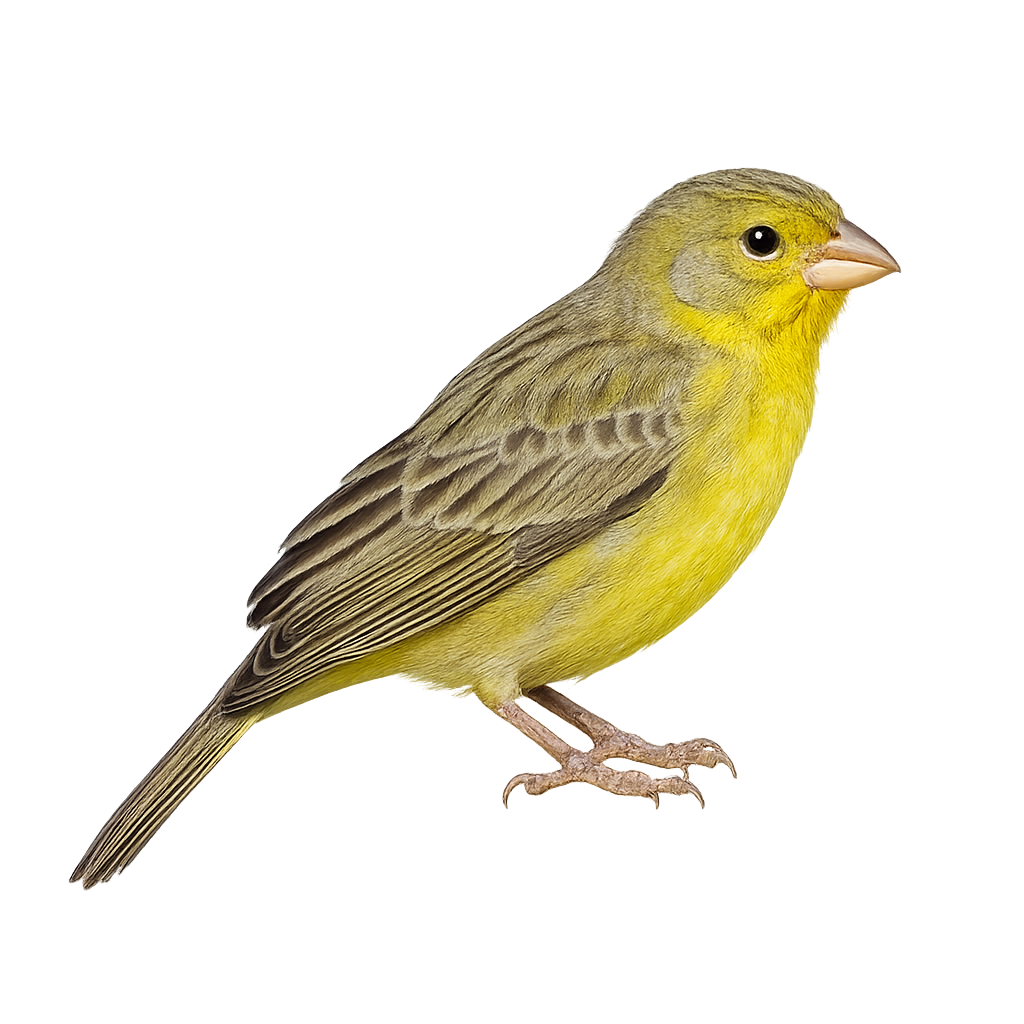Your wildlife photography guide.
Explore the grassland yellow-finch in detail, study its behavior, prepare your shots.
Where to observe and photograph the grassland yellow-finch in the wild
Learn where and when to spot the grassland yellow-finch in the wild, how to identify the species based on distinctive features, and what natural environments it inhabits. The WildlifePhotographer app offers tailored photography tips that reflect the grassland yellow-finch’s behavior, helping you capture better wildlife images. Explore the full species profile for key information including description, habitat, active periods, and approach techniques.
Grassland Yellow-Finch
Scientific name: Sicalis luteola

IUCN Status: Least Concern
Family: THRAUPIDAE
Group: Birds
Sensitivity to human approach: Suspicious
Minimum approach distance: 10 m
Courtship display: October to March
Incubation: 11–13 jours
Hatchings: November to April
Habitat:
Savannas, grasslands, agricultural areas
Activity period :
Primarily active during the day, with peak activity in the morning and late afternoon.
Identification and description:
The Grassland Yellow-Finch, or Sicalis luteola, is a small passerine bird belonging to the Thraupidae family. It is primarily found in open and semi-open regions of South America, such as savannas, grasslands, and agricultural areas. This bird is notable for its bright yellow plumage, especially in males, while females display duller tones. The Grassland Yellow-Finch is a gregarious bird, often seen in flocks, particularly outside the breeding season. Its song is melodious and varied, making it popular among birdwatchers. Although common within its range, it is sensitive to environmental changes, especially habitat destruction.
Recommended lens:
400mm – adjust based on distance, desired framing (portrait or habitat), and approach conditions.
Photography tips:
To photograph the Grassland Yellow-Finch, opt for early morning or late afternoon when the light is soft and golden. Use a telephoto lens of at least 400mm to capture precise details without disturbing the bird. Be patient and discreet, as although suspicious, this bird can become accustomed to your presence if you remain still. Look for it in open grasslands or field edges where it often feeds. A tripod can be helpful to stabilize your camera and achieve sharp images.
The WildlifePhotographer App is coming soon!
Be the first to explore the best nature spots, track rutting seasons, log your observations, and observe more wildlife.
Already 1 432 wildlife lovers subscribed worldwide

